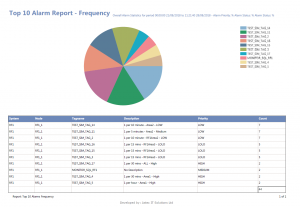On Sunday 6th June 2021, the view from our Rugeley headquarters window changed forever as the 4 cooling towers at Rugeley B Power Station were demolished. A permanent feature of the Rugeley landscape for over 50 years, they were reduced to rubble in a few seconds and will eventually make way for homes, a school, employment space and a country park along the river Trent.
You can read more about the development plans for the former Power Station site here.

